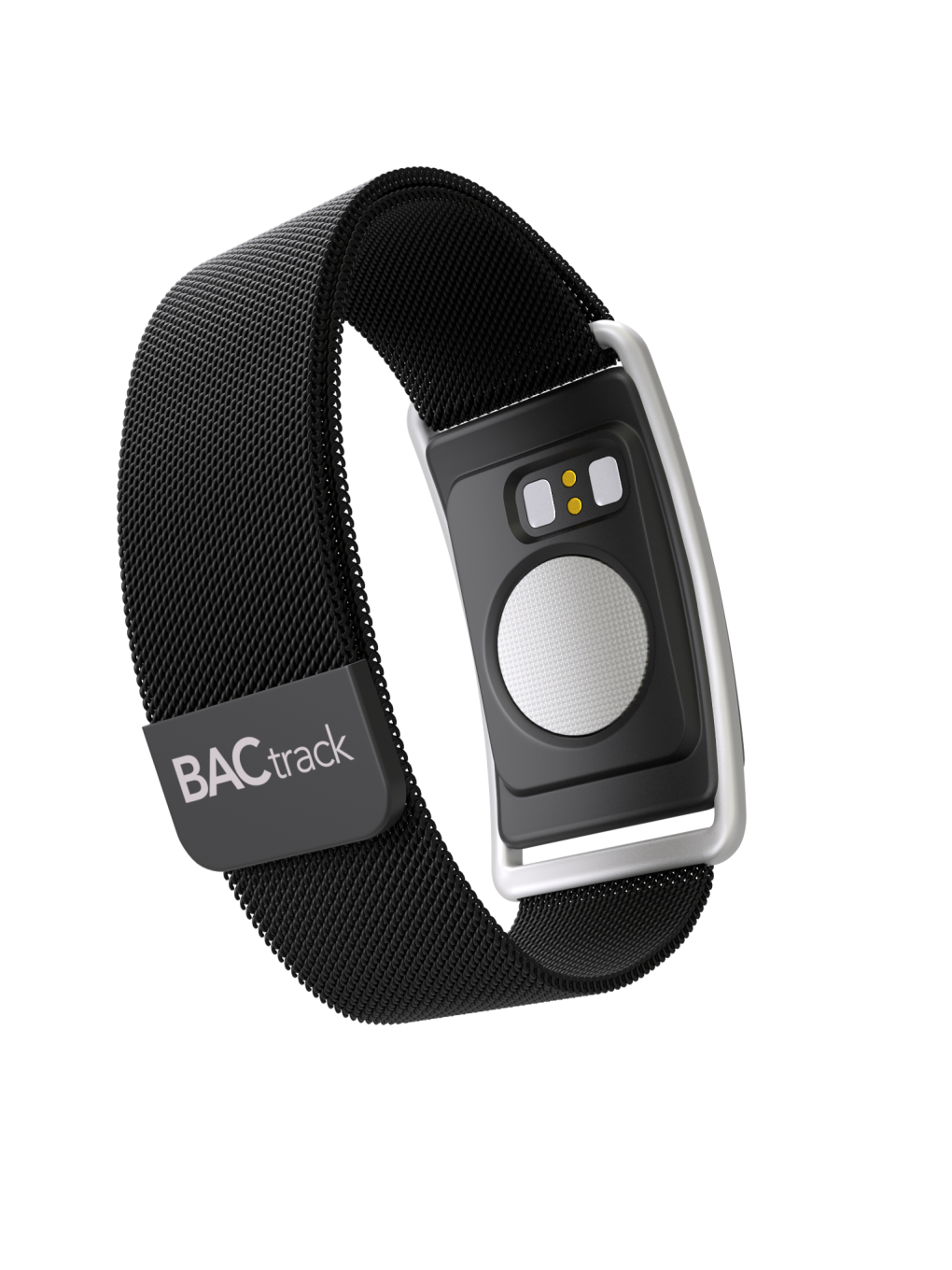2023-06-05 ペンシルベニア州立大学(PennState)

The BACtrack Skyn is an example of a wrist-worn alcohol sensor that could help researchers studying alcohol more unobtrusively, according to scientists. Credit: SKYN. All Rights Reserved.
◆手首に装着されたデバイスの使用は、足首のブレスレットよりも一般的で社会的なスティグマが少ないため、研究参加者が研究から離脱する可能性が低いと研究者たちは提案しています。このデバイスを使用することで、研究者はデータを収集するだけでなく、リアルタイムの介入も設計できる可能性があります。また、将来的にはアルコール摂取量の削減を助言したり、過剰摂取後の安全な輸送手段を提供したりするメッセージを提供することも考えられます。ただし、実際のアルコールモニタリングにこのデバイスを使用するには、さらなる研究が必要です。
<関連情報>
- https://www.psu.edu/news/institute-computational-and-data-sciences/story/wrist-worn-mobile-alcohol-sensor-may-boost-real/
- https://www.sciencedirect.com/science/article/abs/pii/S0741832922001252
手首装着型経皮吸収型アルコール濃度センサー「BACtrack skyn」による28日間のアルコール使用状況の把握の許容性と妥当性-パイロット研究 Acceptability and validity of using the BACtrack skyn wrist-worn transdermal alcohol concentration sensor to capture alcohol use across 28 days under naturalistic conditions – A pilot study
Jimikaye B. Courtney, Michael A. Russell, David E. Conroy
Alcohol Available online: 5 December 2022
DOI:https://doi.org/10.1016/j.alcohol.2022.11.004
Abstract
Wrist-worn transdermal alcohol concentration (TAC) sensors have the potential to provide detailed information about day-level features of alcohol use but have rarely been used in field-based research or in early adulthood (i.e., 26–40 years) alcohol users. This pilot study assessed the acceptability, user burden, and validity of using the BACtrack Skyn across 28 days in individuals’ natural settings. Adults aged 26–37 (N = 11, Mage = 31.2, 55% female, 73% non-Hispanic white) participated in a study including retrospective surveys, a 28-day field protocol wearing Skyn and SCRAM sensors and completing ecological momentary assessments (EMA) of alcohol use and duration (daily morning reports and participant-initiated start/stop drinking EMAs), and follow-up interviews. Day-level features of alcohol use extracted from self-reports and/or sensors included drinks consumed, estimated Blood Alcohol Concentration (eBAC), drinking duration, peak TAC, area under the curve (AUC), rise rate, and fall rate. Repeated-measures correlations (rrm) tested within-person associations between day-level features of alcohol use from the Skyn versus self-report or the SCRAM. Participants preferred wearing the Skyn over the SCRAM [t (10) = -6.79, p < .001, d = 2.74]. Skyn data were available for 5614 (74.2%) out of 7566 h, with 20.7% of data lost due to syncing/charging issues and 5.1% lost due to device removal. Skyn agreement for detecting drinking days was 55.5% and 70.3% when compared to self-report and the SCRAM, respectively. Correlations for drinking intensity between self-report and the Skyn were 0.35 for peak TAC, 0.52 for AUC, and 0.30 for eBAC, which were smaller than correlations between self-report and SCRAM, at 0.78 for peak TAC, 0.79 for AUC, and 0.61 for eBAC. Correlations for drinking duration were larger when comparing self-report to the Skyn (rrm = 0.36) versus comparing self-report to the SCRAM (rrm = 0.31). The Skyn showed moderate-to-large, significant correlations with the SCRAM for peak TAC (rrm = 0.54), AUC (rrm = 0.80), and drinking duration (rrm = 0.63). Our findings support the acceptability and validity of using the Skyn for assessing alcohol use across an extended time frame (i.e., 28 days) in individuals’ natural settings, and for providing useful information about day-level features of alcohol use.


